The Birds are All Right
10,000 Birds
DECEMBER 16, 2020
It was the month of March, 2017, when I went to Lake Cuitzeo to check up on our migratory waterfowl and shorebirds one last time before they travelled north to breed. Back in 2017 I was shocked to find only 15 ducks over the course of the morning, when I had hoped to find hundreds, or even thousands. This was once my lake.

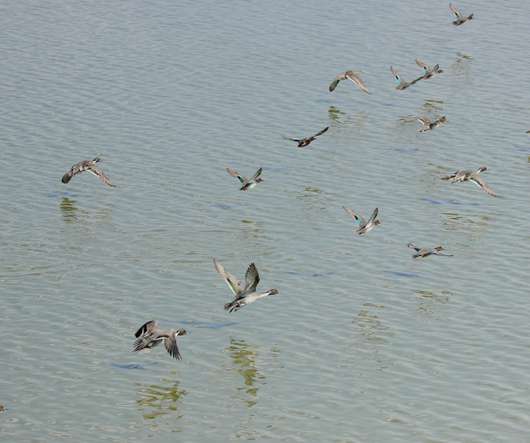

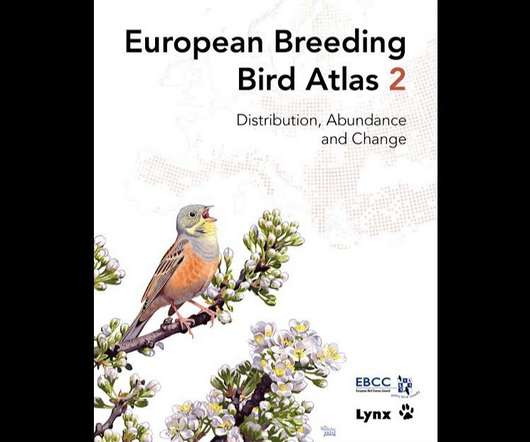
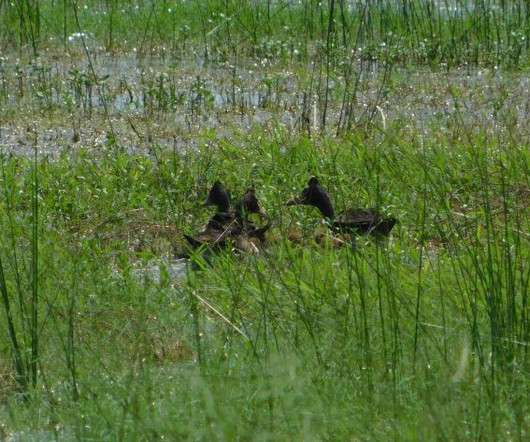




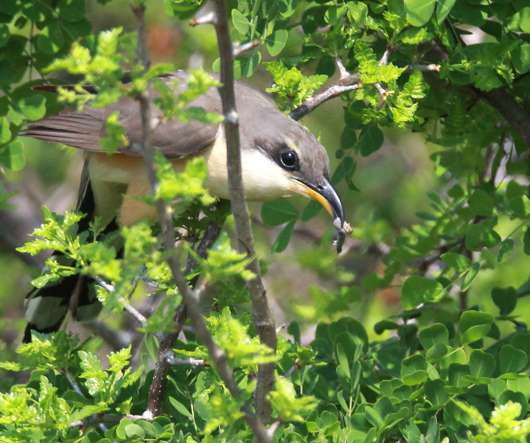






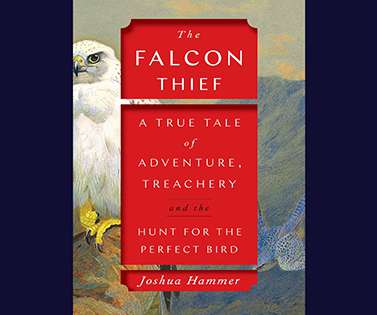

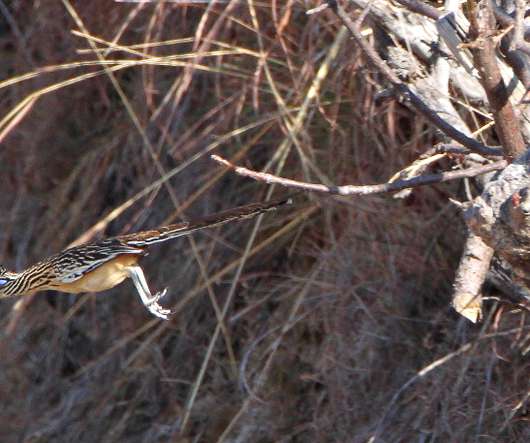


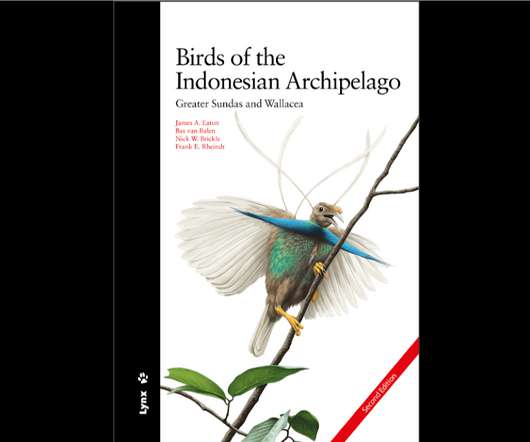





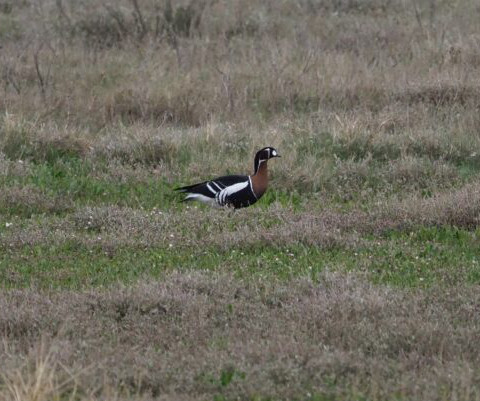




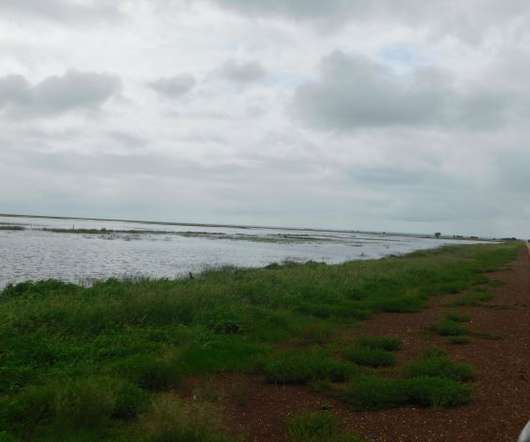


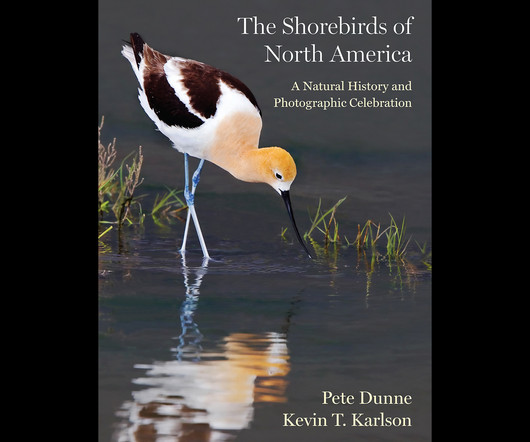







Let's personalize your content